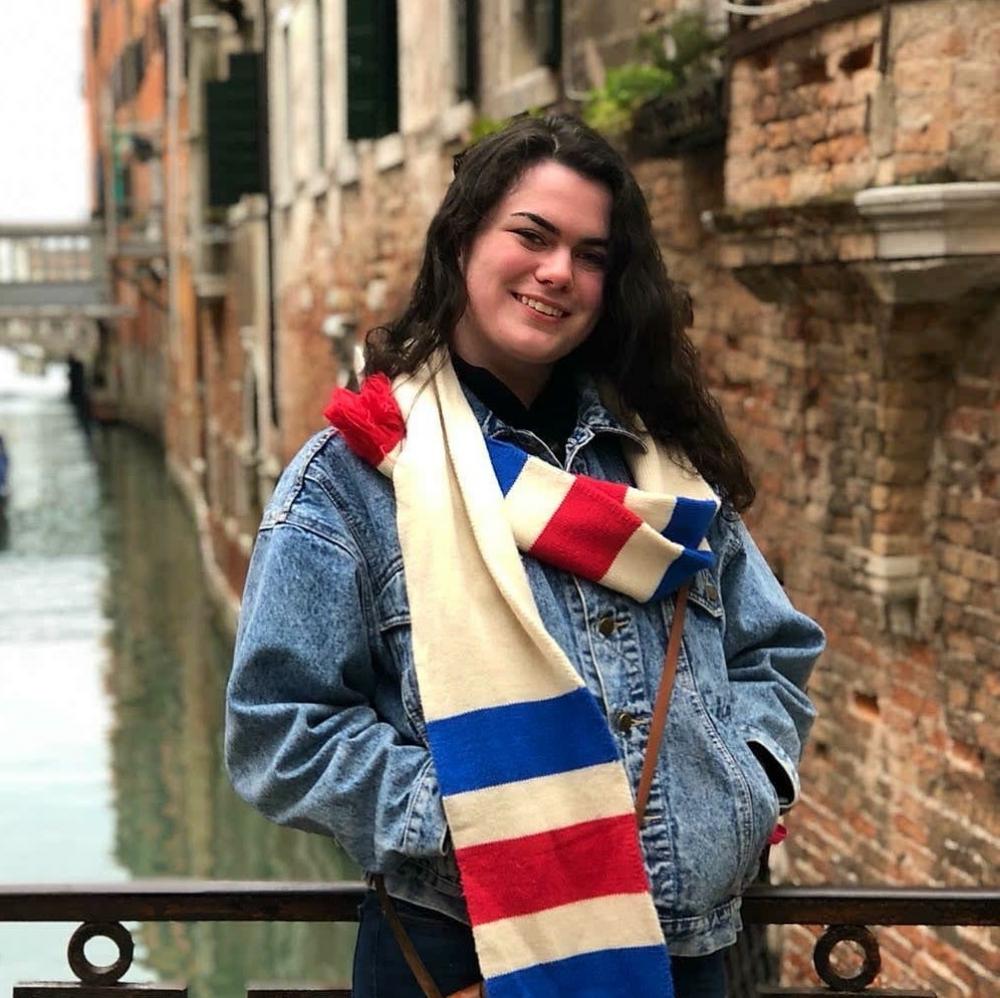
The number of pedestrians killed by cars in the U.S. has surged over the past decade, but better urban planning, along with rapid technological innovation, could offer hope.
In 2011, Raquel Nelson and her four-year-old son, AJ, were crossing a busy intersection when a drunk driver struck and killed AJ. The driver admitted to drinking and taking painkillers on top of being blind in one eye. He pleaded guilty to the hit-and-run, but he wasn’t the only one charged – Ms. Nelson was also charged with second-degree vehicular homicide for crossing without a crosswalk. The ridiculousness of the charges drew nationwide scrutiny and were eventually reduced from a 3-year sentence to a $200 fine.
This case brings up the issue of inadequate pedestrian-friendly infrastructure in U.S. communities, especially in ones where high percentages of people of color live. In the case of AJ, the nearest crosswalk was over a half mile away while the Nelson family’s apartment was directly across the street from the bus stop. The residents of the surrounding neighborhood, Austell, in metro Atlanta, are 60 percent black and many do not have regular access to a car. These citizens need infrastructure improvements in their communities the most, yet historically, they have been largely neglected in urban development budgets. Money streams into maintaining higher-income white neighborhoods with little directed to developing poorer communities with crumbling sidewalks and dangerous intersections.
This situation is exacerbated by the growing distance between workplaces and poor minority neighborhoods. The number of jobs near a typical Hispanic or black resident in major American cities has dropped at over double the rate of those near white residents. This is the same case for poor residents (17 percent decrease) versus non-poor residents (6 percent decrease).
These urban planning statistics contribute to the increasing number of people killed by cars; between 2008 and 2017 the number of people killed by cars increased 35 percent over the previous decade. This problem is not unique to the U.S., but the extent to which cars are ingrained in American culture has led to ignorance on the issue. The prevalence of cars in America contributes to pollution, sedentary lifestyles, and far too many cases like what happened to AJ and Raquel Nelson. Creating a safer environment that values human life and wellness over mobility requires a cultural shift and vast infrastructure improvements.
Beyond improving pedestrian access to public spaces, infrastructure developments have been shown to reduce air pollution, increase economic activity, and strengthen social cohesion. This has been the case in Barcelona, Spain, after neighborhoods citywide were redesigned into pedestrian-friendly “superblocks”. A form of this "smart cities" idea has taken hold in Seattle, where a central neighborhood is being redone into a Dutch-style “woonerf”, or park-like pedestrian walkway. The city council has voted to waive permit fees for developers who commit to remaking streets into woonerfs.
Could the private sector help out by leveraging technology for good - in this case, pedestrian safety? One example, among several worth noting, is underway in the Pacific Northwest.
Portland, Oregon has recently approved of a project that uses technology to identify and solve these issues in the city. Its pilot program, Smart City PDX, involves placing sensors in some of the city’s most dangerous intersections. These sensors were created by General Electric’s startup, Current, which collects data into its Internet of Things platform to better understand how we travel. This data will also be used by the Portland Urban Data Lake pilot to identify areas most in need of public works improvements.
Leveraging technology to solve urban inequalities is a promising opportunity for American cities that have been structured around cars. Implementing similar initiatives across the country will be expensive and arduous, but essential for future economic growth.
Image credit: Thomas Hawk/Flickr

Jenna Ammann is a student finishing her senior year studying Corporate Finance and Hospitality at UMass Amherst. She has a focus on investigating environmentally and financially sustainable food service business models. Jenna is from Westport, Massachusetts.














